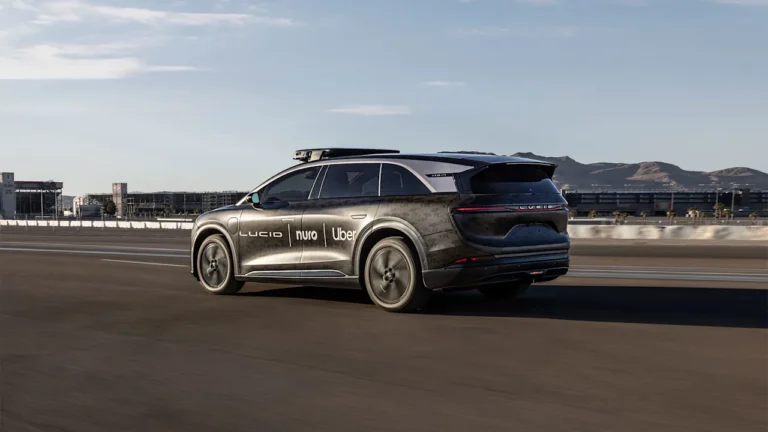
Step outside your front door on any given day, and say goodbye to money without even trying. Just commuting into the office now sets workers back a whopping $55 a day, data suggests.
Thanks to the workforce-wide return-to-office push, many workers are back in the office at least a couple of times a week. With it come the coffee runs, desk salads, and after-work drinks that can quickly add up.
Videoconferencing company Owl Labs has done the math and broken down the real cost of physically going into work. When in the office, in-person and hybrid workers spend an average of $55 a day, according to the 2025 State of Hybrid Work report: $15 on commuting, $18 on lunch, $13 on breakfast and coffee and $9 on parking. For those with pets, factor in an additional $10 a day for dog walkers or pet sitters.
The total cost dropped from $61 in 2024, but is still up from $51 in 2023.
For remote workers, who tend to make meals at home and only need to commute from their bed to their desk, their daily costs are considerably lower, averaging just $18 a day at home. This is also down slightly from $19 in 2024, but up from $15 in 2023.
These numbers are depressing. They’re frustrating. But they’re not surprising.
Daily commutes to the office can be both costly and time-consuming, given the elevated price of gas and fare hikes. These days, a large coffee costs the best part of $10 in major cities after accounting for tax and tip, while a limp salad can easily set you back $20. Yes, of course you can bring lunch in with you — but who wants to eat last night’s leftovers three days in a row?
Hybrid workers, on the other hand, save an average of $37 when working from home. Given the price gap, it’s unsurprising workers are willing to quit their jobs for more flexible work, with 17% quitting in the past year because of changes to their working arrangements.
Owl Labs’ findings on the costs of in-person work come as companies including Amazon, Dell, Apple, Google, IBM, Meta, Salesforce, are doubling down on RTO at least three (if not all five) days a week for their workforce. At the same time, workers have been hit where it hurts — in the wallet) by years of inflation, rising cost of living, and stagnating wages.
“As companies plan 2026 budgets and RTO policies, balancing in-office expectations with cost support will be key to keeping employees engaged and loyal,” Frank Weishaupt, CEO of Owl Labs, told Fast Company. “In fact, 92% of workers said the right incentives could convince them to return to the office; one-third want commuting or parking covered, and another third want free food and drinks.”
They say there’s no such thing as a free lunch. But it’d go a long way for workers who have to spend money to simply show up to work.
